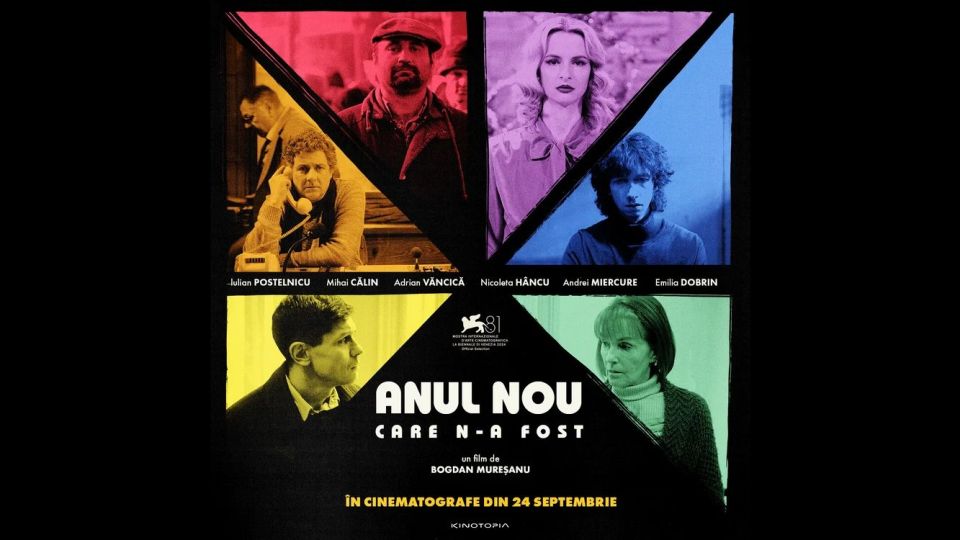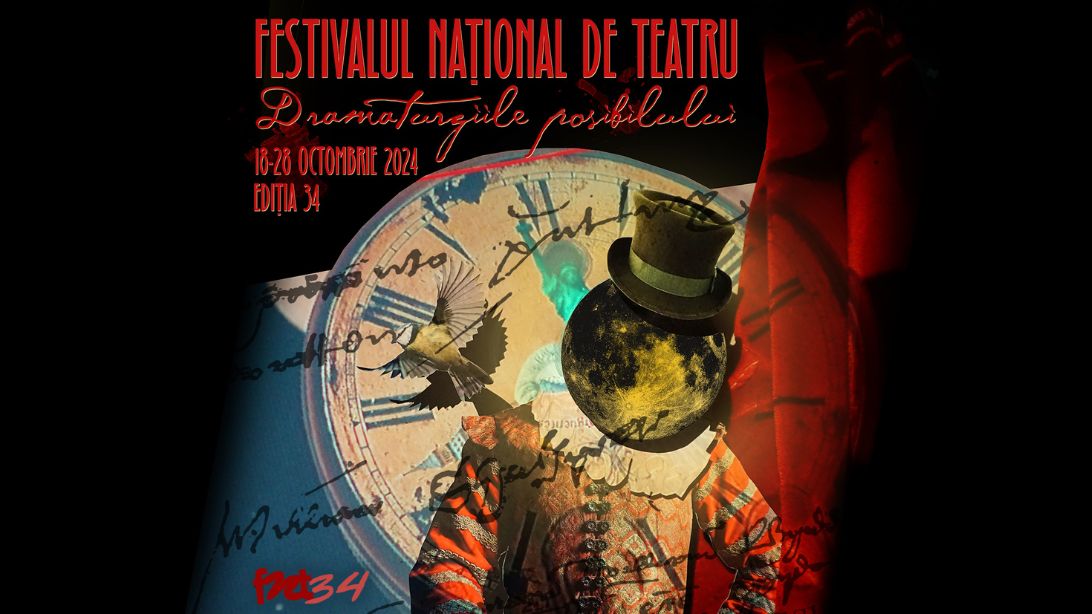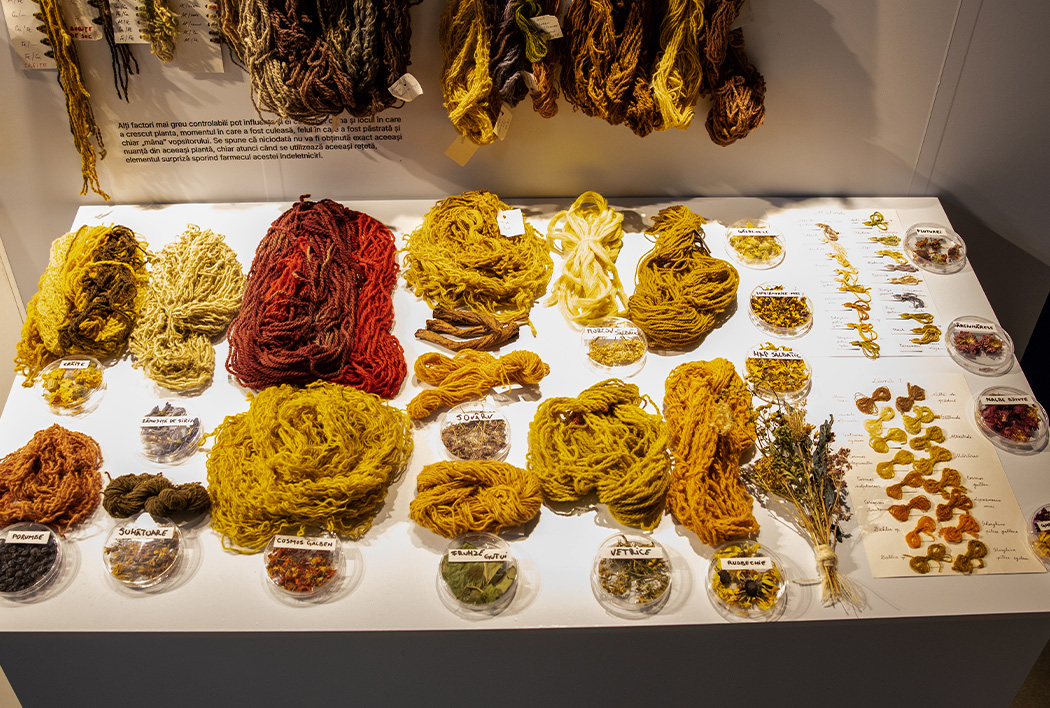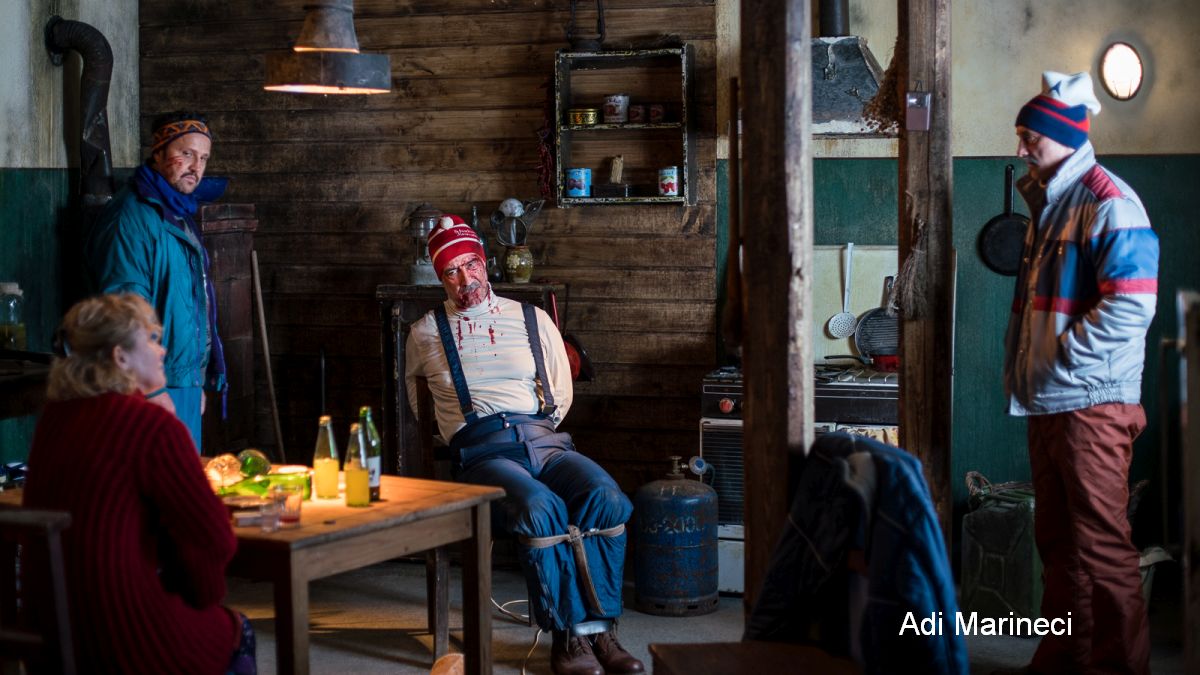The Brancoveanu Style
Brancovan art includes architecture and fine arts in Wallachia during the rule of Constantin Brancoveanu (1688-1714)
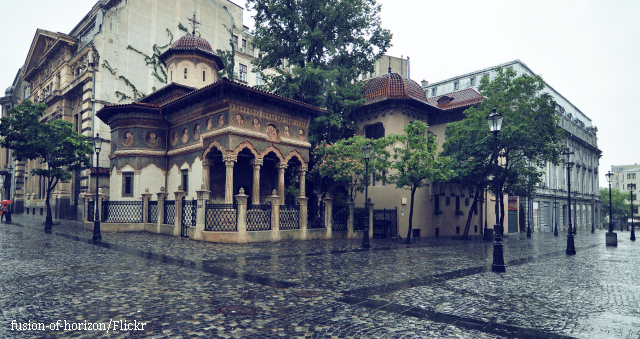
Monica Chiorpec, 01.08.2015, 13:59
In the Romanian historiography the Brancovan art includes architecture and fine arts in Wallachia during the rule of prince Constantin Brancoveanu (1688-1714). That epoch had a decisive impact on the subsequent development of art. The term is also used to describe the works of art during the rule of the Mavrcordat princes until 1730. Sometimes art historians characterize the Brancoveanu style by analogy with the Western Renaissance, due to its rationalist structures, but its decorative abundance also allows for the use of the syntagm “Brancoveanu Baroque”.
The foundations of the Brancoveanu style were laid during the 20-year long rule of Prince Matei Basarab in the 17th century that provided a certain political stability and favoured the development of the arts in Wallachia. In the period after Brancoveanu’s rule, it was the architecture of the boyar’s manors that developed. That was in keeping with the influence that the big boyars exerted in the late 17th century to the detriment of Prince Matei Basarab’s successors. Art historian Adriana Scripcariu believes that the Brancoveanu art should be explained so that everybody may understand it:
Adriana Scripcariu: “In 2014 when tribute was paid to Constantin Brancoveanu, I initiated a project, a book trying to familiarize the general public with the beauty of the Brancoveanu heritage. The book is an exposé accompanied by a lot of pictures and explanations, plus a dictionary covering various themes of the Brancoveanu art. There is a chapter featuring the monastery, a chapter featuring the palace. There is also a chapter dealing with various crafts such as stonework, woodwork, weaving and silverwork. A chapter is dedicated to founders and the edifices they raised, in which we try to show how the founders’ will shaped the entire monument. There are details which give life to historical monuments and which, unfortunately can rarely be found in other books. As a rule, technical explanations are given about the size of a monument, the year when it was raised and the founder’s name. The stories behind those edifices are less made known.”
“Many books about the Brancovan heritage have been written over time. Stories start from old chronicles from the princes’ time, or told by those who often witnessed the building of the wonderful edifices. Most of our scientists fond of history have dwelled on this nice chapter of Romanian civilization and nearly every year lots of pages are still written about it. What’s the use of another book? you will say. All the more so as it does not discover unheard of things explored by an archaeologist or secret deeds concealed in a rediscovered manuscript. And still, the book is original and you will understand why.” — says the Foreword to Adriana Scripcariu’s book “The Brancovan Heritage in Untechnical Terms”.
Adriana Scripcariu: “We called the first chapter “Glossary of the Brancoveanu Civilization in Pictures”, in which we explain to the readers the basic notions of the Romanian medieval mentality, who the boyars were, who the princes were and the way social strata interacted. We explain the role of the church, a few theological notions, which are a must for those willing to have an in-depth understanding of the topic. The last chapter written by art historian Luiza Zamora deals with the post-Brancoveanu art, the longest period of Romanian art that produced many historical monuments, which unfortunately today are derelict. I’ve already been told that the book provides a pleasant reading, very appealing in terms of pictures. The photographer of our project is George Dumitriu, a passionate photographer who has been taking heritage pictures for tens of years. One can feel the experience and warmth with which he addressed our topics. The book also has a specific graphic format. We have given up the common pattern of art albums and have chosen a panoramic lay out to make our topics more accessible to the readers.”
The summer residence of Prince Constantin Brancoveanu at Potlogi, the Mogosoaia Palace and the Old Metropolitan Palace in Bucharest are historical monuments in Brancoveanu style. The Sinaia Monastery, the Horezu Monastery and the Antim Monastery in Bucharest are some of the most important Brancoveanu edifices. The religious architecture stands out through monumentality given by stately sizes and a unitary conception.
Adriana Scripcariu: “You can appreciate the Brancoveanu civilization when you discover its details and the seriousness with which its founders looked upon a very tiny gesture, which added to another one, was a source of beauty that we can find even today in the monuments that have been preserved. I’m thinking about a case study of a monument, namely the Sinaia Monastery founded by sword bearer Mihail Cantacuzino after returning from a long pilgrimage to the holy places. A lot of details linked to his journey and the way it reflected in his soul are visible in the frescoes of the Sinaia Monastery.”
Unfortunately, the Cotroceni and Vacaresti Monasteries in Bucharest, real gems of Brancoveanu architecture, were pulled down during the communist regime, in the mid-1980s. The Cotroceni Monastery was rebuilt on its site over 2003-2004.

